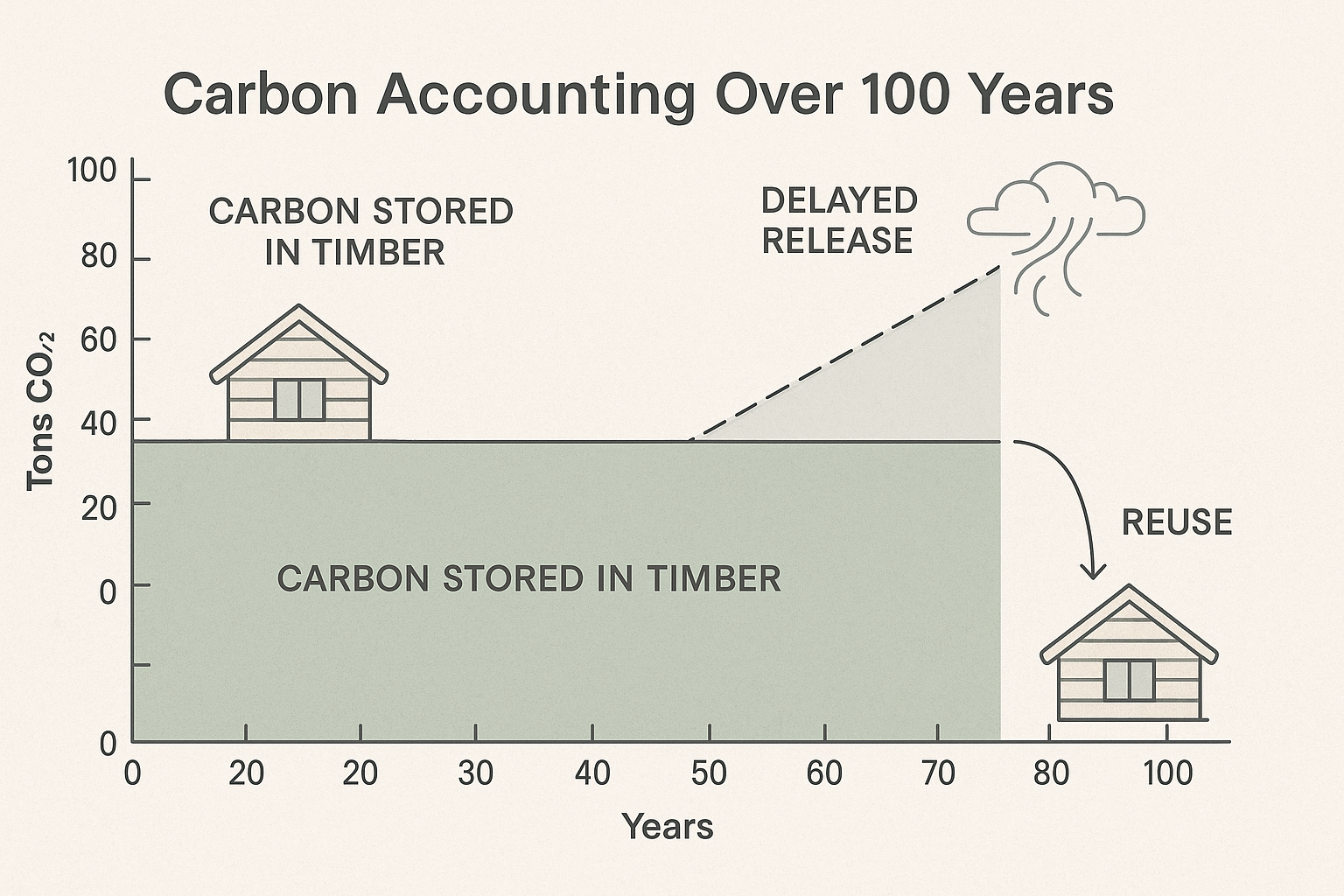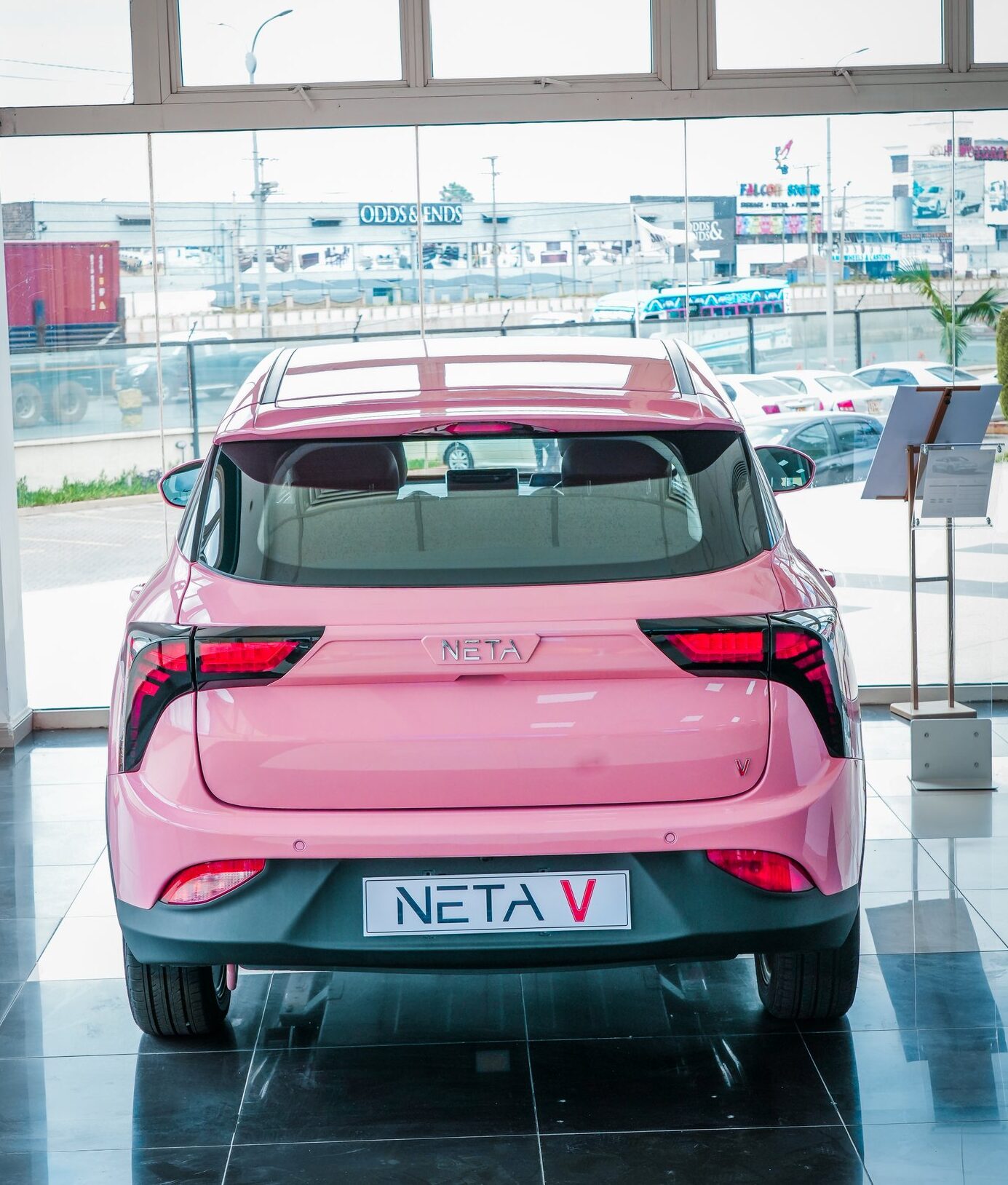The growth of Chinese-made wide body trucks in the global market from a raft of Chinese OEMs including Tonly, XCMG, SANY, LGMG, Yutong and others has not been unnoticed by the western OEMs – along with the fact that it includes a large number of battery electric and hybrid models. Vale just announced it was moving to the next phase of testing with its XCMG XDR80TE battery truck, which is just one example. Ultimately they represent a potential threat to smaller rigid truck lines as wide body truck payloads continue to increase.
Back in September 2024, IM reported that Caterpillar was developing a Cat 707 wide body truck, with a 70 ton (66 t) payload, ahead of a planned launch in 2025. This began in July this year, when Caterpillar began a phase in of the 707 truck to developing markets. The trucks are made at Caterpillar’s Qingzhou facility, now known as CQL, which was founded in 1958 as Shandong SEM Machinery and became a wholly-owned subsidiary of Caterpillar in 2008.
Caterpillar continues to offer SEM-branded wide body trucks made there for the Chinese and a few other select markets including the 60 t payload 3090F, but the new 707 represents the first Cat branded wide body truck. The global OEM says the 707 has been designed to deliver superior productivity by providing customers with a higher mechanical availability over a longer life than conventional ‘one life’ wide body trucks.
Features include an integrated Cat powertrain with C13 engine capable of being rebuilt once, plus superior safety features including ROPS cab and three braking systems – service, engine and hydraulic retarder. It says it also provides optimal fleet matching with Cat hydraulic excavators and wheel loaders.
The 707 has already popped up at Cat dealer events in several markets, including South Africa and Brazil. In Brazil, a production study was also carried out at EKAPA Minerals, a diamond mining company in South Africa near Kimberley which specialises in reprocessing diamond mining tailings and using latest technologies to recover diamonds. EKAPA was also the site where the Cat 706 Early Learner and 707 Field Follow trucks were deployed in 2024 which hauled over 1 Mt over 8,000 hours of operation representing over 10% of EKAPA’s annual production with Cat says remarkable reliability.
Caterpillar stated that the truck demonstrated double digit productivity advantages in terms of tonnes per hour and tonnes moved per litre of fuel burnt over an LGMG CMT96 when operating at truck capacity and target payload, but at underloaded (80%) capacity it performed at equivalent levels. Cat said that the 707 delivers superior downhill loaded cycle performance and cites the 707 as delivering higher safety standards.
While Caterpillar has taken a bold move by offering a wide body truck option in mining – it will have its work cut out given that the concept came from the Chinese OEMs who have many tens of thousands of these trucks running today – and many of those autonomously using third party OEM agnostic autonomy fitted in the factory, plus an increasing number are either hybrids or battery electric. That said, if wide body trucks start to eat into the market for smaller rigid trucks like the 773, 775 and even 777 – then it is better for Cat to have skin in the game and to be ready for that shift.




